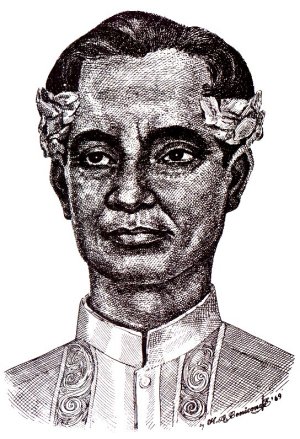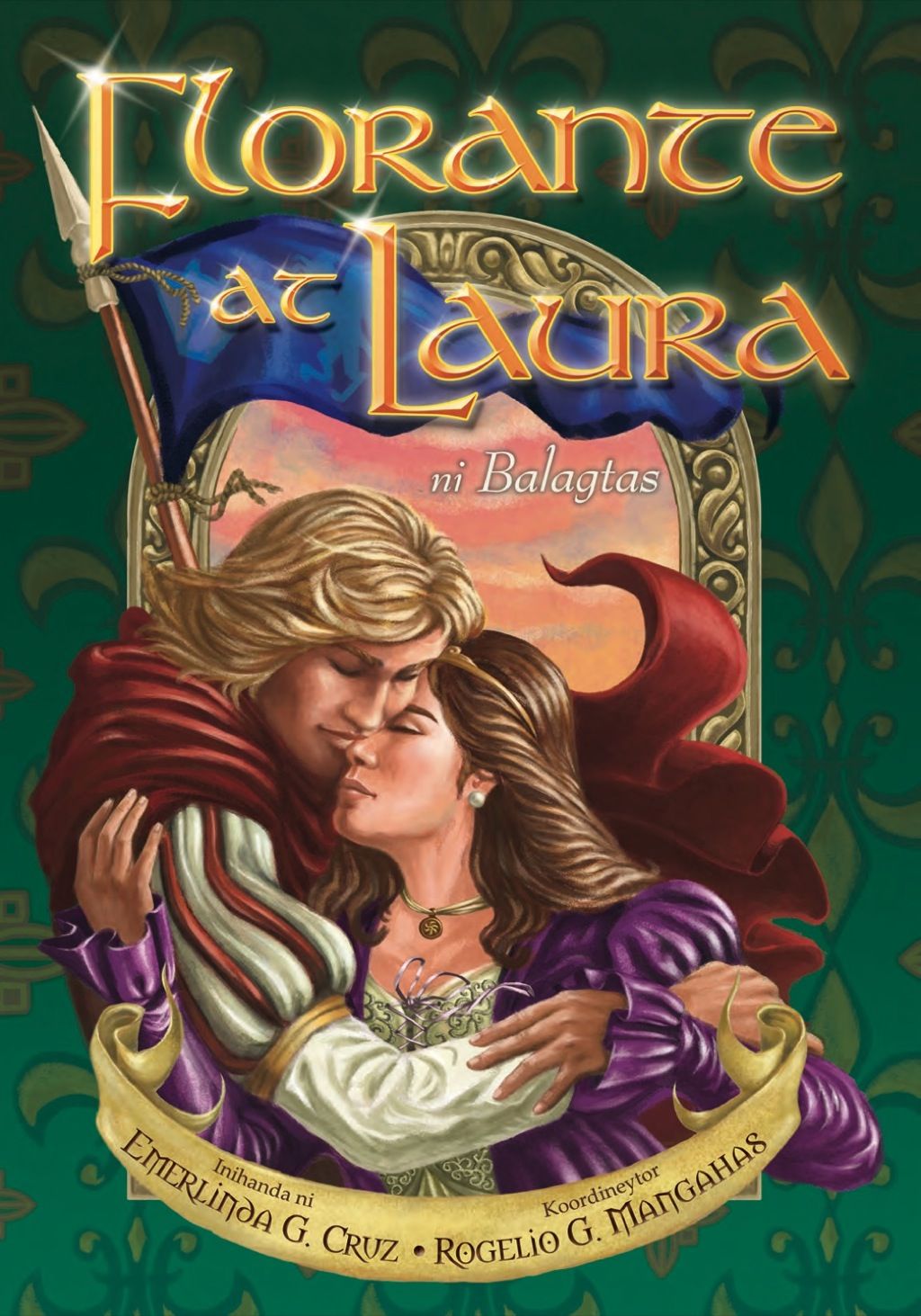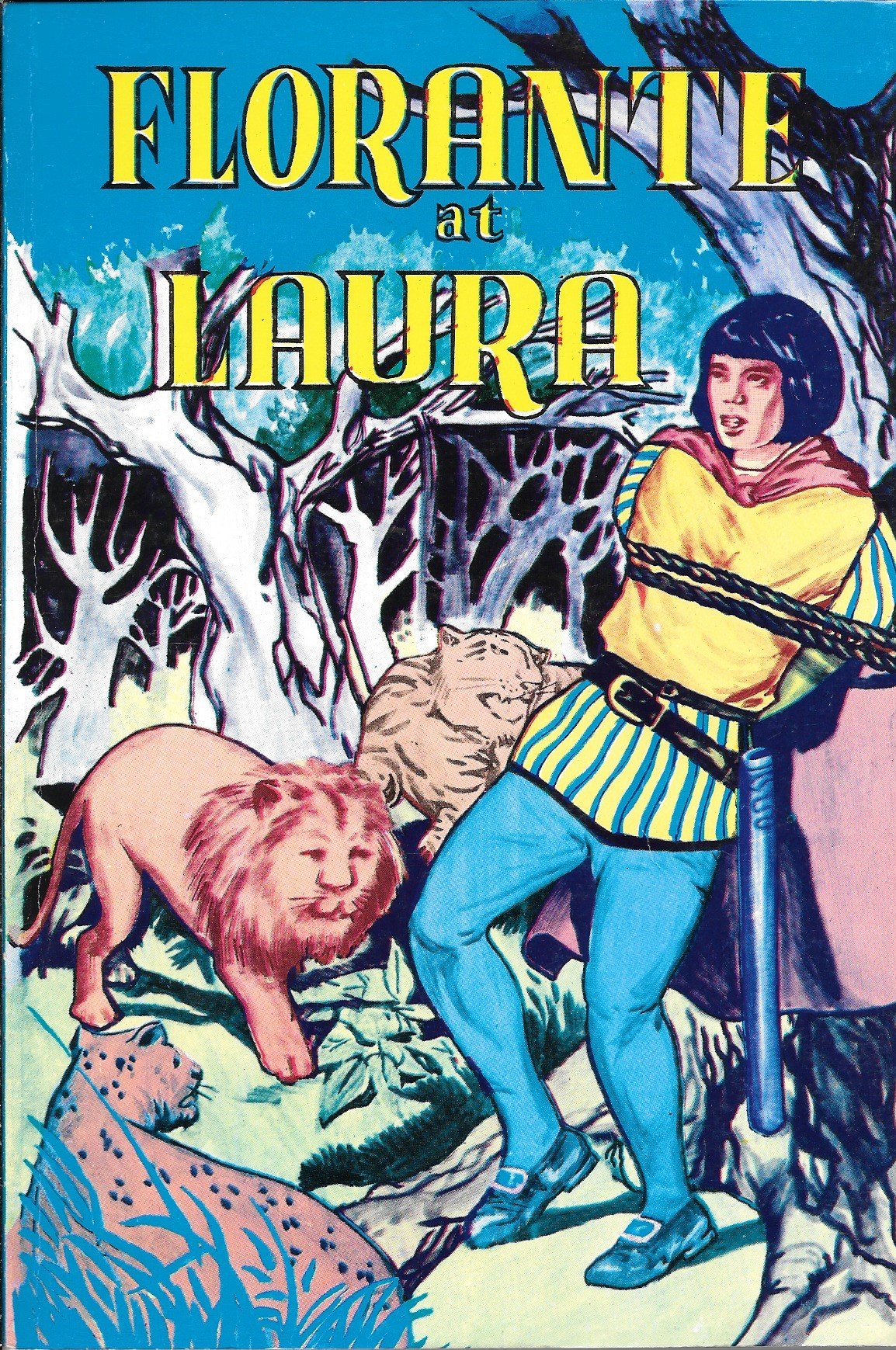Last Updated on April 12, 2020 by ITPM
Francisco Balagtas is the greatest Filipino poet we have ever had. He is a proud Filipino, and a proud BULAKENYO. He is sometimes known as Francisco Baltazar, his adapted name after the Spaniards required Filipinos to take on Spanish last names.
He is best known for the epic literary masterpiece — Florante at Laura.

His Personal Life
Francisco Balagtas was born on April 2, 1788 in Panginay, Bigaa, Bulacan. His hometown, Bigaa, was formerly named after him in 1966 under Republic Act 4702 (An Act Changing the Name of the Municipality of Bigaa in the Province of Bulacan to the Municipality of Balagtas). This republic act was penned to honor our greatest Filipino literary laureate, Francisco Balagtas.
He studied in Colegio de San Jose and Colegio de San Juan de Letran. He took up Canon Law, Philosophy, Latin, and the Classics.
He was married to Juana Tiambeng, and had eleven children. He died on February 20, 1862, at the age of 73.
Francisco Balagtas, the Poet
Francisco endeavored to improve his writing and craft under the early tutelage of Jose de la Cruz (also known as Joseng Sisiw) — the famous poet from Tondo. According to the book of Hermenigildo Cruz (Kun Sino ang Kumatha ng Florante), one of the foremost writers to write about the life of Francisco Balagtas, Balagtas wrote ten (10) comedias and one (1) metrical romance according to Cruz as well as numerous other poems and short plays that are recorded in his book. These include two (2) laos or short celebratory scenes usually involving a patron saint and performed during fiestas.
These are his known completed works:
- Florante at Laura (also known as Pinagdaanang Buhay ni Florante at Laura sa Kaharian ng Albanya) — this is his most notable and famous work
- La India elegante y el negrito amante – a short play
- Orosman at Zafira – a comedia in three parts
His masterpiece – Florante at Laura is said to be inspired by the story of his life and lost love. In 1935, he met Maria Asuncion Rivera (whom he called M.A.R.) in Manila. She became the muse in most of his works. His love was rivaled by Mariano Capule, who used his influence and wealth to land Balagtas in prison. It was while imprisoned that he wrote Florante at Laura, inspired by his own personal situation.
Florante at Laura – A Synopsis
Florante at Laura is a lyrical poem that tells us how love conquers all. It narrates in metrical 12-syllable lines and 4-line stanzas about how the love of Florante, son of Duke Briseo, and Laura, princess of Albania, conquers all the tragedies and unsurmountable circumstances.
Florante, after going through assassination attempts and battles for Albania, endeavors to return to his homeland in hopes to see his beloved, Princess Laura. However, he is met with an ambush that pushes him to prison and exile. Here, he learns of the tragic death of his father, and that his beloved Laura has fallen into the arms of another man, his enemy – Count Adolfo.
Laura, after being held hostage by the overthrown Count Adolfo, escaped with the help of a heroine, Flerida. She was then reunited with Florante, with the help of the lovers Flerida and Aladin.
After this, Florante and Laura returned to Albania to rule as king and queen.
Grab your copy of Florante at Laura, and be immersed in the greatest product of this laureate’s poetic prowess. Copies are highly available at your local bookstores, and even online like in Amazon. You can get it either as an e-book or your traditional paperback.
His Legacy
Apart from the honor of having his hometown named after him, Filipinos continue to equate him with their love the native tongue and Filipino poetry. In fact, the term for the extemporaneous debate done in verse form and spoken in Filipino is named after Francisco Balagtas — the Balagtasan!
The former Folk Arts Theater, the amphitheater in downtown Manila, has been renamed Tanghalang Francisco Balagtas in his honor.
April 2, his birthday, has also been declared through various proclamations as a special non-working holiday in the province of Bulacan, in his honor.
Indeed, Francisco Balagtas and his legacy, is the pride of Bulacan, and of the Philippines.


